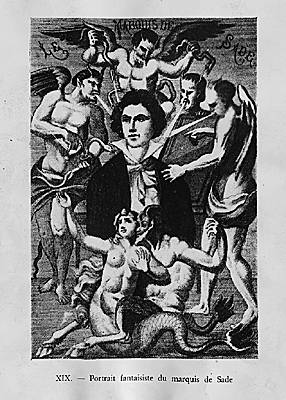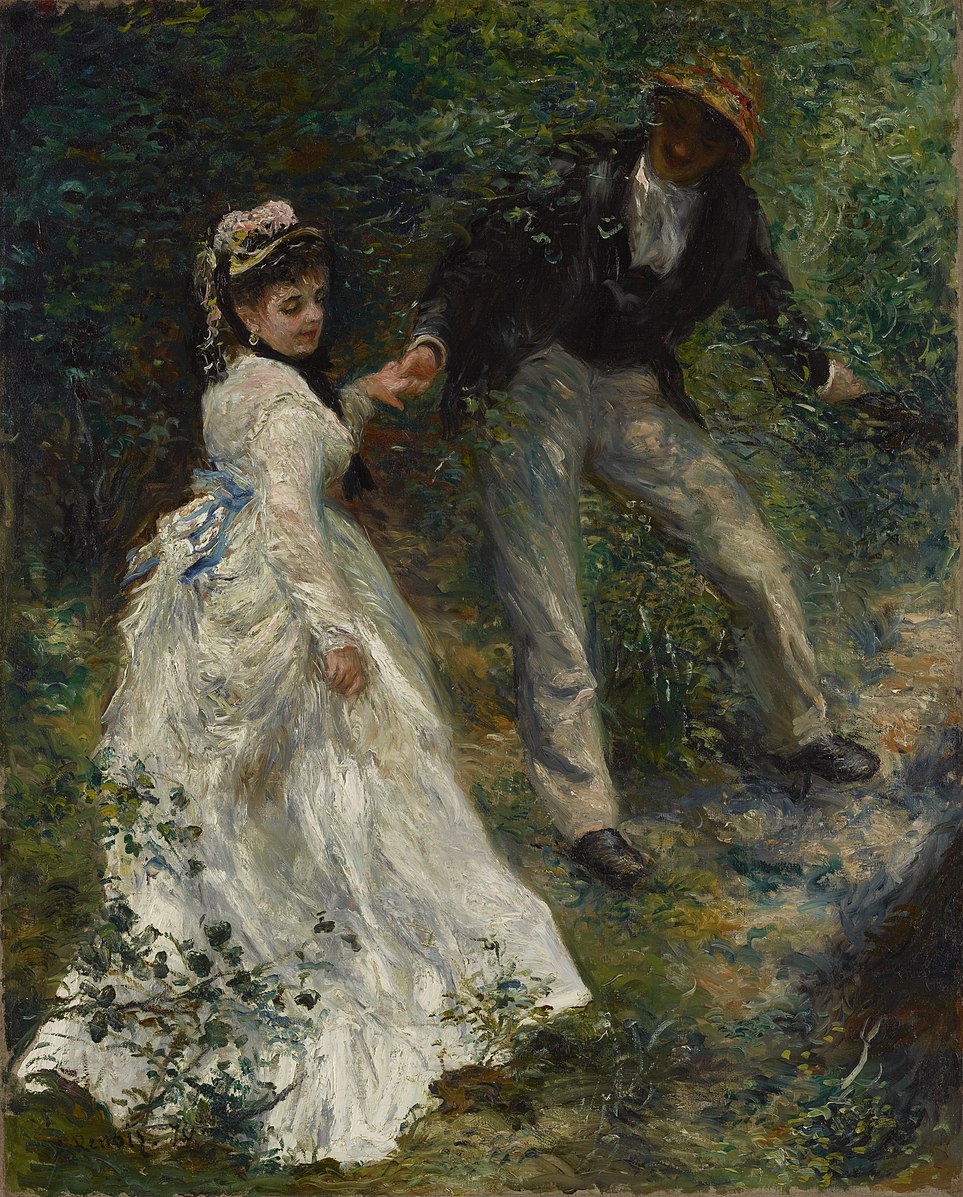 Image courtesy of Fiona McMurrey
Image courtesy of Fiona McMurrey
Paris, the City of Love, is a destination that lingers in the hearts of those lucky enough to visit. Whether
you’re looking for a keepsake to commemorate your romantic trip or a meaningful gift for a loved one, Paris
offers a treasure trove of unique souvenirs that capture its charm and romance. Here’s a guide to the most
unforgettable Parisian gifts that will keep the magic alive long after your journey ends.
1. The Legacy of Courtly Love
The roots of France’s romantic identity trace back to the Middle Ages, when the concept of courtly love emerged
in the courts of southern France. This idealized form of romance, celebrated in the works of troubadours
(medieval poets and musicians), depicted love as noble and often unattainable.
Courtly love emphasized:
- Chivalry: Knights dedicated their deeds to the honor of a lady.
- Emotion: Passion and longing were elevated over physical desire.
- Artistry: Love was expressed through poetry, music, and elaborate rituals.
These ideals had a profound influence on European literature, inspiring classics like the legend of Tristan and
Isolde and setting the stage for the romantic ethos of France.
2. The Renaissance: A Celebration of Beauty and Passion
The Renaissance (15th–16th century) brought a renewed focus on human emotions, beauty, and individualism. French
writers like Pierre de Ronsard and Joachim du Bellay immortalized love through poetry, capturing its fleeting
yet transformative nature.
The era also saw the emergence of grand châteaus and gardens, such as those in the Loire Valley, which became
backdrops for romantic liaisons among the aristocracy. These settings reflected the belief that love was
intertwined with beauty, refinement, and sensuality.
3. The Enlightenment and the Philosophy of Love
 Courtesy of La Rousse
Courtesy of La Rousse
The Enlightenment (18th century) marked a shift toward intellectual exploration of love and human relationships.
Thinkers like Jean-Jacques Rousseau and Voltaire examined love as both an emotional and rational experience.
- Rousseau’s Influence: In novels like Julie, or the New Heloise, Rousseau portrayed love as an
intense, almost spiritual connection, emphasizing the emotional depth of relationships.
- Romantic Libertinism: Meanwhile, figures like the infamous Marquis de Sade explored love’s darker,
more hedonistic aspects, pushing boundaries and redefining notions of passion.
4. The Romantic Era: Love as Art and Tragedy
 “La Promenade,” (1870) Pierre Auguste Renoir
“La Promenade,” (1870) Pierre Auguste Renoir
The Romantic Era (19th century) cemented France’s reputation as a land of passion and heartache. French writers,
poets, and artists captured the highs and lows of love, often portraying it as a powerful, even destructive
force.
Key contributions:
- Victor Hugo: Works like Les Misérables and The Hunchback of Notre-Dame explored love in all its
forms—romantic, platonic, and selfless.
- Gustave Flaubert: In Madame Bovary, Flaubert examined the complexities of desire and disillusionment.
- Edith Piaf’s Precursors: Poets like Charles Baudelaire infused sensuality and melancholy into their
works, paving the way for France’s legacy in romantic music.
5. Paris: The City of Love Emerges
By the late 19th century, Paris had solidified its role as the world’s romantic capital.
- Montmartre and Bohemia: Artists like Toulouse-Lautrec and musicians found inspiration in Paris’
cabarets and cafés, turning the city into a hub of creativity and love.
- Belle Époque Glamour: Lavish theaters, glittering parties, and iconic landmarks like the Eiffel Tower
(built in 1889) became symbols of Parisian romance.
This era also saw the rise of romantic traditions like exchanging handwritten love letters and courting in
public gardens such as Jardin des Tuileries.s
6. 20th-Century Romance: Cinema, Music, and Modern Love
 “L’art d’aimer,” (2011) directed by Emmanuel Mouret, courtesy of France Channel
“L’art d’aimer,” (2011) directed by Emmanuel Mouret, courtesy of France Channel
The 20th century brought France’s romantic culture to global audiences through film, music, and fashion.
- Cinema: French films such as L’art d’aimer and Tout le monde debout, both of which are available on
France Channel, showcase Paris as a backdrop for modern love stories, blending whimsy and realism.
- Music: Edith Piaf’s ballads, especially “La Vie en Rose,” became anthems of love, embodying both its
joy and pain.
- Fashion: Parisian couture, from Chanel to Dior, introduced the world to the allure of French
sophistication, intertwining beauty and romance.
7. Modern-Day Romance in France
Today, France continues to inspire lovers with its timeless charm. From proposals at the Eiffel Tower to
intimate dinners in candlelit bistros, the country offers endless ways to celebrate love.
French values around love remain rooted in:
- Passion: Expressing emotions freely and authentically.
- Intimacy: Emphasizing connection and quality time.
- Elegance: Finding beauty in simple, meaningful gestures.
Why France Will Always Be the Land of Romance
France’s history of romance isn’t just about grand gestures or poetic declarations. It’s about the way love
permeates every aspect of its culture—its art, its food, its landscapes, and its people.
Whether it’s the enduring ideals of courtly love, the allure of Parisian streets, or the timeless verses of
French poets, France has a unique ability to make the ordinary feel extraordinary. It’s no wonder lovers from
around the world continue to flock to this enchanting country to create their own stories of romance.